- French, American and Russian architects discovered that it was not natural stone but concrete that was used to build the pyramids
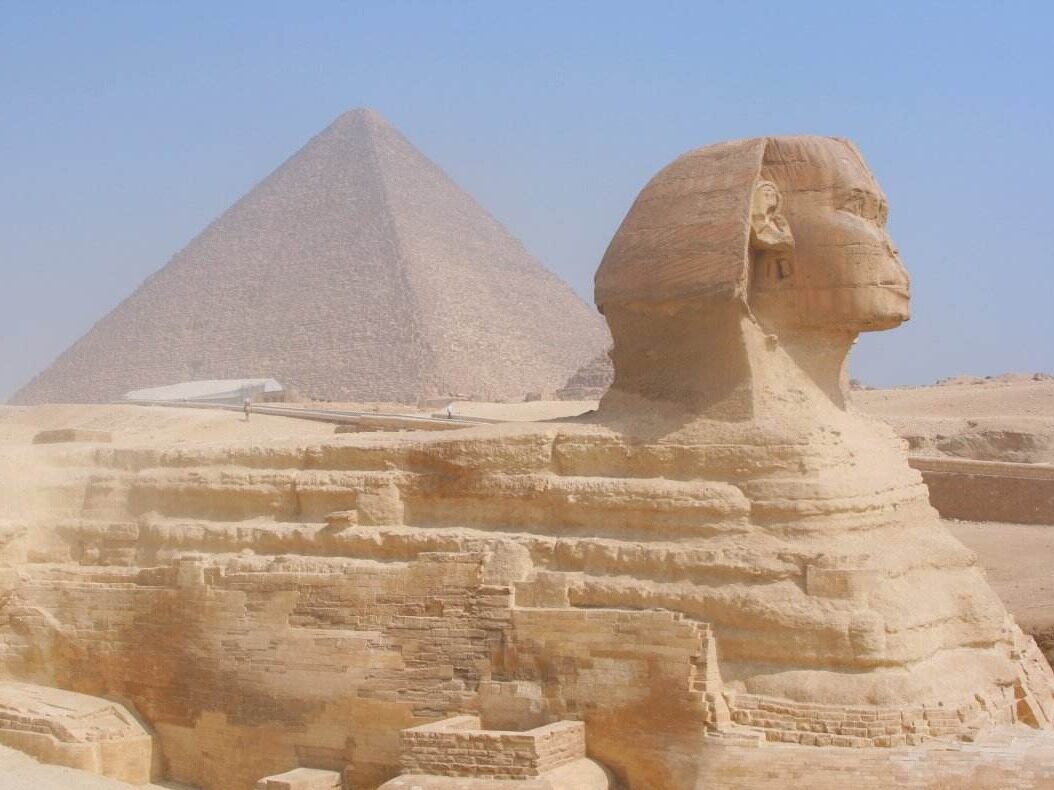
Concrete is a modern man-made word, which is composed of three words of artificial stone, which means artificial stone, artificial stone. It has long been known that the pyramids and giant statues of ancient Egypt are works of concrete.
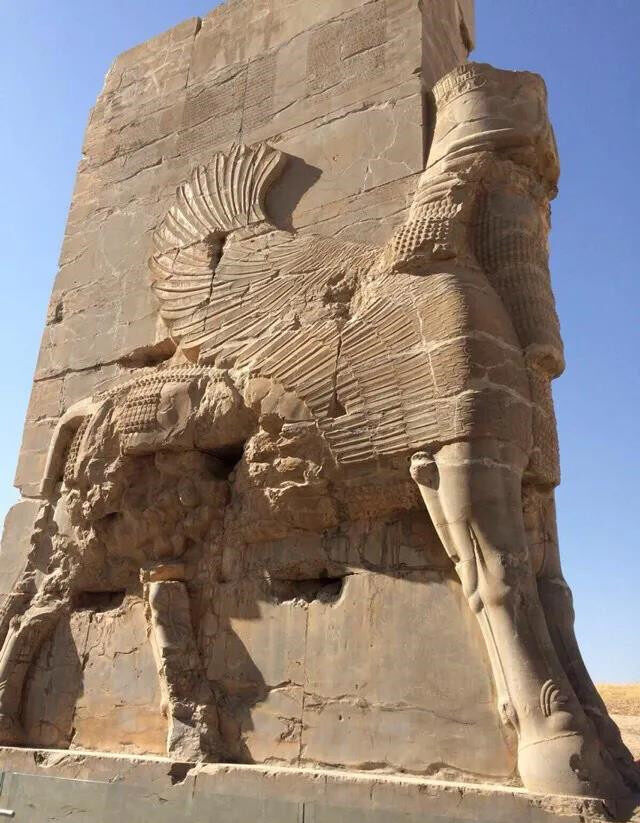
The ready-mixed concrete is in a flow-plastic state for a certain period of time. It is poured into the mold, and after tamping and curing, it can be made into structures or components of various shapes and sizes. After a period of time after molding, the cement and water undergo a hydration reaction to harden the concrete. , Hardened concrete has the properties of general stone, so concrete is also called concrete, which means artificial stone.
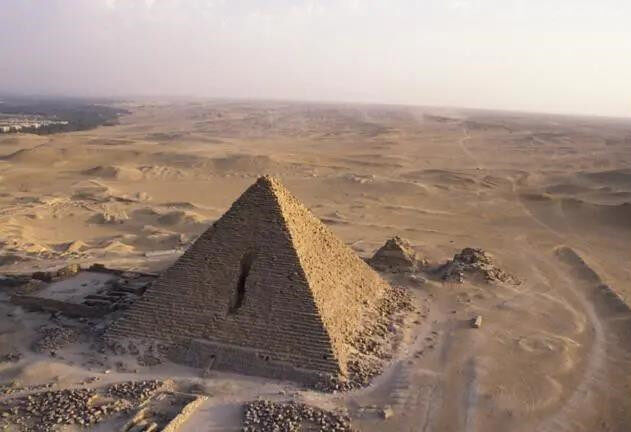
So far, 96 pyramids have been discovered in Egypt. The largest of these is the Pyramid of Cheops, located on the outskirts of Cairo, which is also listed as one of the Seven Wonders of the World.
The earliest Chinese people knew about the pyramids were in the late Ming and early Qing dynasties, and the pyramids were first mentioned in "Zhi Fang Wai Ji" by Italian missionary Ai Julio.
The original height of the Khufu Pyramid was 146.5 meters, and now the top has fallen off by 10 meters. The length of each side of its base is 220 meters, the slope of each triangular surface is 52 degrees, and the tower body is made of 2.3 million pieces. Made of piles of stones, the average weight of each of these stones reached 2.5 tons, and the heaviest even reached 160 tons. It's hard to imagine how these heavy stones can be transported and built so high, and without any glue, they can be built together without leaving any gaps.
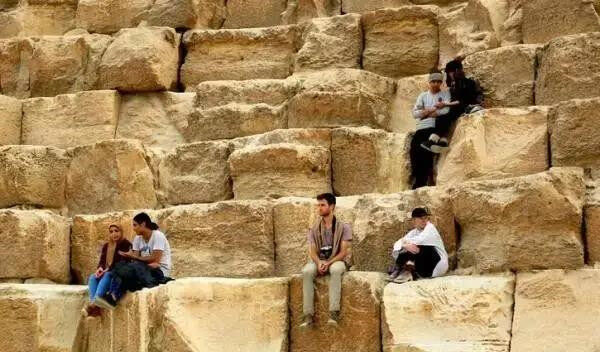
Over the years, some architects in France, the United States and Russia have conducted long-term research on the pyramids. They found that it was not natural stone that was used to build the pyramids, but concrete—artificial stone, concrete. According to their research, it is believed that the pyramid was built within the last 500 years, or even later, and it is not even ruled out that it is a modern building in the Napoleonic era.
Concrete
This odd word was created in 1953 by architect Professor Cai Fangyin. At that time, the teaching technology was backward, there were no tape recorders and copiers, and students took notes in class to listen to lectures.
Concrete is the most commonly used word in construction projects, but with too many strokes, it is laborious and time-consuming to write. So Cai Fangyin replaced concrete with artificial stone. Because there are 30 strokes for the three characters of concrete, and only 10 strokes for the three characters of artificial stone, 20 strokes can be saved, which greatly speeds up the writing speed.
Conformation would mean "synthetic stone, concrete as hard as stone" and was popularized among college students.
In July 1955, in the book "Structural Engineering Terminology" approved and promulgated by the Terminology Office of the Compilation and Publishing Committee of the Chinese Academy of Sciences, it is clearly recommended that the terms concrete and concrete be used together. Since then, concrete has been widely used in books and periodicals of various construction projects.
On June 7, 1985, the Chinese Character Reform Commission officially approved the legal status of the synonymous use of concrete and concrete. In addition, the pronunciation of concrete is basically the same as the pronunciation of the French "BE-TON", the German "Be-ton", and the Russian "BE-TOH" concrete. In this way, it is more conducive to international academic exchanges in the field of construction, and it is a special word for construction engineering.
Concrete Pour Pyramid
The towers of the Pyramid of Khufu in Egypt are made up of about 2.5 million boulders, which vary in size and weight from 1.5 to 160 tons. The original height of the Pyramid of Khufu is 146.59 meters.
Exactly how ancient Egyptian construction workers lifted at least tons of boulders to build the magnificent pyramids remains a mystery.
In the late 1970s, French chemist Joseph Davidovitz believed that the pyramids of Khufu were made of concrete, although this research has been denied by mainstream Egyptologists.
Geologists were able to distinguish the subtle differences between natural limestone and concrete blocks recast by dissolving lime.
Professor Gilles Hugue, a scientist at the French National Aeronautics and Space Administration, and Professor Mitchell Bassom, an expert at the University of Derexell in Philadelphia, USA, have found through research that the pyramids on the Giza Plateau in Egypt are built from two types of stones. : One is natural limestone from a quarry, the other is "artificial stone"!

It is reported that Professor Hugh and Professor Bassom used X-rays, plasma torches and electron microscopes to carefully compare the stone fragments of the pyramid with the stones from Egypt's Tula Quarry and Madi Quarry. As a result, they found that , some pyramid stone fragments have "traces of rapid chemical reactions that do not allow natural crystallization".
"If the stones came from a quarry, the chemistry would appear unexplainable; however, if the stones were poured like concrete, the chemistry would make perfect sense," the professors wrote in their report. already."
Professor Hugh and Professor Bassom believe that the "concrete method" was only used to pour the stones in the upper half of the pyramid, while the 10-ton granite stones at the base of the pyramid were still transported from the quarry. of. Scientists also pointed out that the density of the pyramid stones is not the same, the density of the bottom stone is higher than that of the top stone, which also indirectly proves that the stone in the upper part of the pyramid is poured out of concrete.
The findings of the two professors were confirmed by the theory of French chemist Joseph Davidowitz. He believes that ancient Egyptian workers dug up some soft limestone from the wetlands of the southern Giza plateau and let it dissolve in huge ponds until it formed a slurry.
The workers then drop the burned wood ash, salt and other lime substances into the pond for mixing. When the water evaporates, a moist, clay-like mixture is left in the pond. This "wet concrete" will be sent to the Pyramid construction sites are then picked by workers onto the pyramids being built and poured into wooden molds. After a few days, the "wet concrete" will harden and take shape.
French chemist Davidovitz and his scientific team actually tested this "concrete" manufacturing method, and they produced a batch of huge concrete limestone with a height similar to the pyramid stone in only 10 days.
The research results of French and American scientists were supported by Gael Dimotier, a materials scientist at the University of Namur in Belgium. Dimotier told the French "Science and Life" magazine that he was originally a skeptic of the pyramid concrete theory. But after years of research, that has now changed. Dimotier said: "The three pyramids on the Giza Plateau are obviously made of concrete blocks. Author / He Xin
Comment
 Praise
Praise
 Collect
Collect
 Comment
Comment
 Search
Search




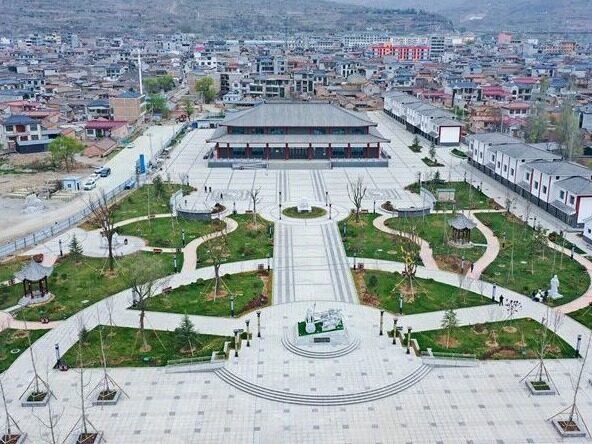









Write something~